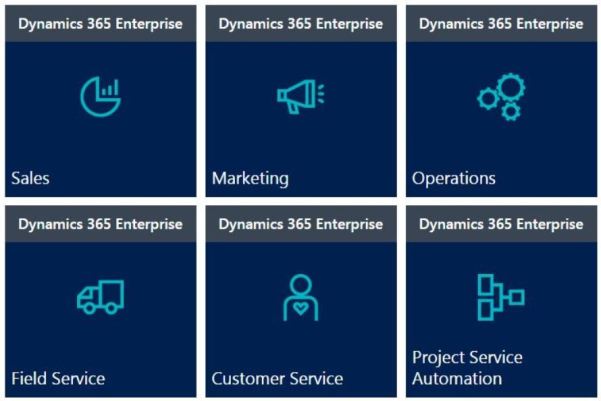Working with a Dynamics 365 sales professional and software development design team to create a new customer management project using Microsoft Dynamics 365 is a change process, not a one-time event. The change process can be broken down into steps and then repeated as improvement cycles.
The steps are taken in order and then repeated as the change process continues to improve the Dynamics 365 system with the elimination of problems and the fine-tuning of the successful outcomes.
Managing a Dynamics 365 Customer Experience Project
It is the job of a Dynamics 365 sales professional to understand the change dynamics of all the stakeholders involved and gently guide them through the process. This includes a high level of initial enthusiasm, frustration with implementation problems, and eventual acceptance of the new system with a goal to make continual improvements.
Once these preliminary objectives are achieved, the system becomes a powerful tool to use with artificial intelligence algorithms for data mining to create valuable insights for any organization.
Here are the steps for developing a new Dynamics 365 Customer Experience Project:
- Project Initiation — Work with all stakeholders, including management and representatives of end-users, to develop a master plan. Manage expectations to avoid unreasonable projections and deal with emotions that include a range of uncertainty and fear to confidence and excitement. Do not profess excessive optimism. At the same time, reduce the influence of any nay-sayers who want to derail the project before it even gets started.
- Project Requirements — Brainstorm about needs and wants. Make a long wish-list of deliverables. Prioritize the items on the list by their importance to the project’s perceived success. Design a project plan and a timeline.
- Project Development — Build out the system according to the deliverables determined in step two. At this point, it is common for a process of second-guessing to occur. Initial enthusiasm wears off and confidence declines. In spite of these naturally occurring negative feelings, continue with the project development according to the plan, unless some major unforeseen barrier is encountered that forces an adjustment to the master plan.
- Testing — During the development process, user-acceptance testing is necessary to run test scripts and find out where items fail to pass performance requirements. Failures are to be expected. Thorough testing should uncover all weaknesses in the project design. Frustration is the highest during this period as all the bugs are worked out of the system in a methodological manner.
- Training — The training process helps increase end-user confidence with the new customer resource management system. By following basic user-adoption techniques, the users will learn the system and start to use its features in ways that help them to see how the system will be useful in their daily work.
- Go Live — At this point, a functioning system can go live. Monitor performance of the live system. This is the start of the development-improvement cycle.
- Repeat — Identify improvements, which can be made in a functioning system. This starts a redundant cycle of evaluating new needs, making a plan to address them, and implementing them by repeating these change-cycle steps.
Summary
Change management is a continual process. The steps listed above represent a one change-management cycle that can be used by a development team repeatedly to improve a Dynamics 365 system.

